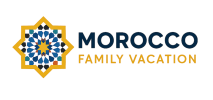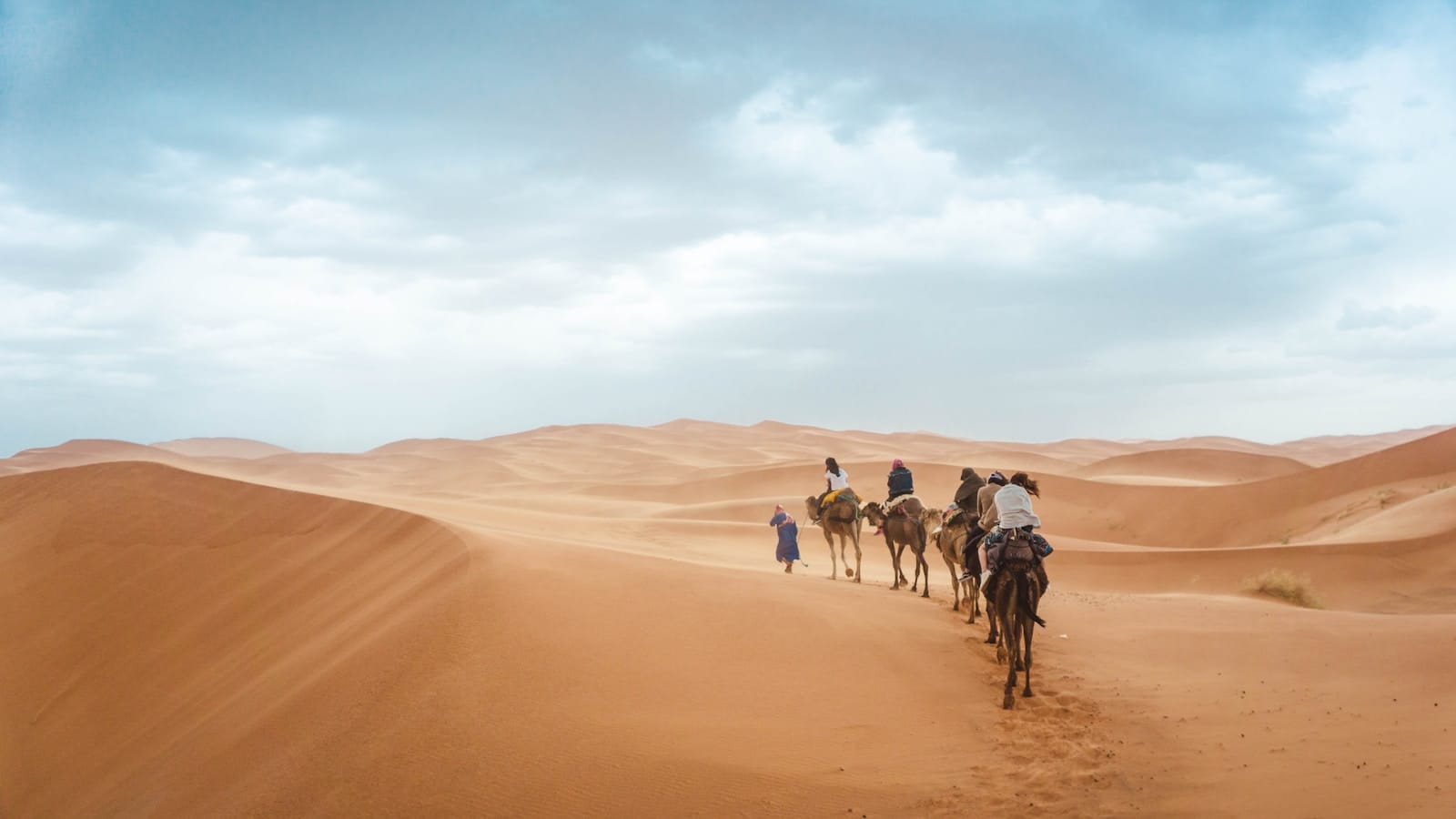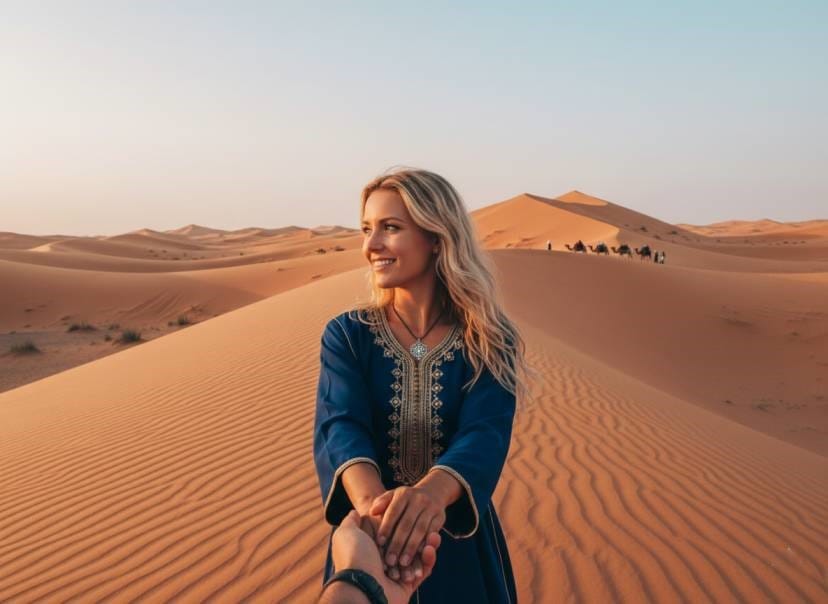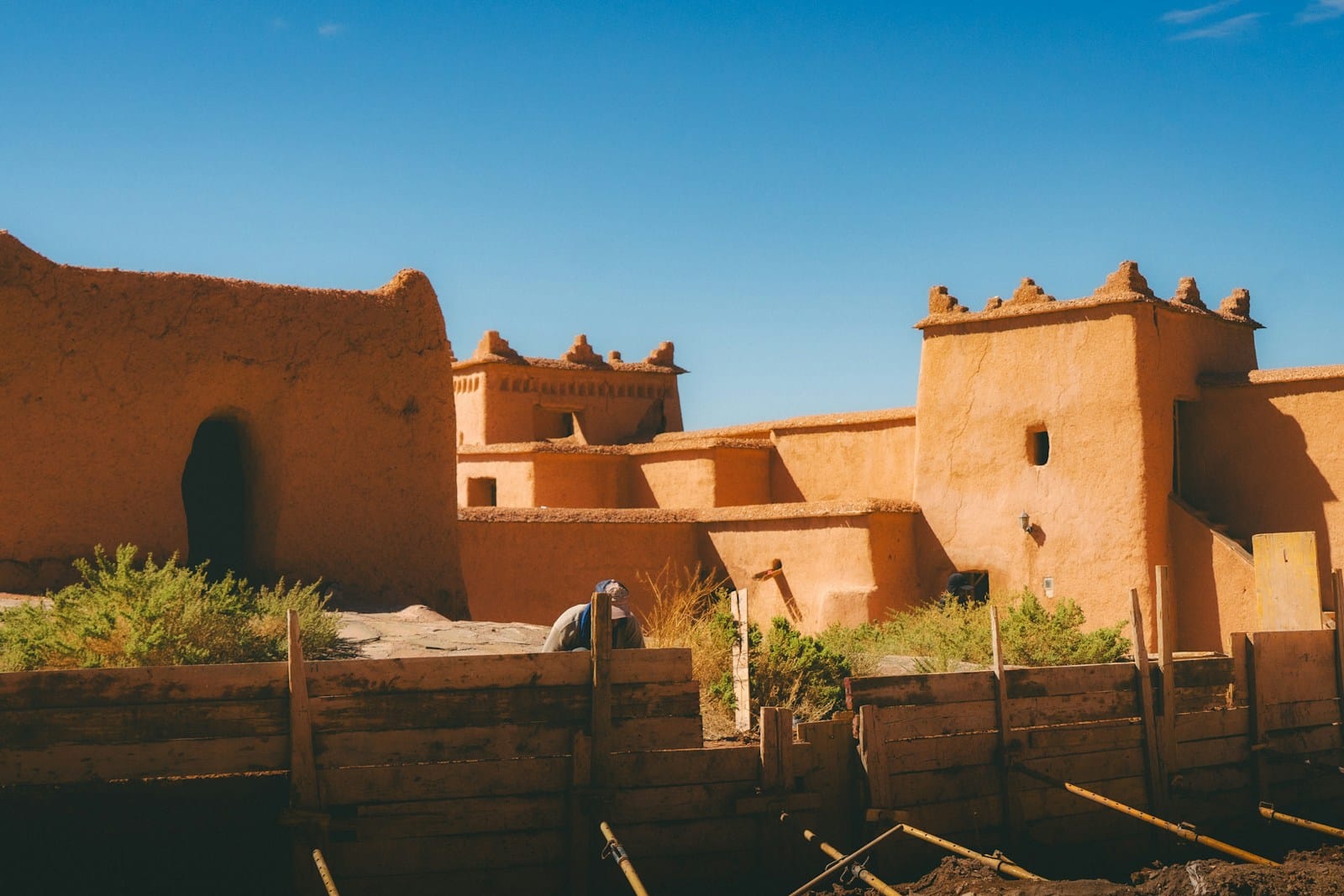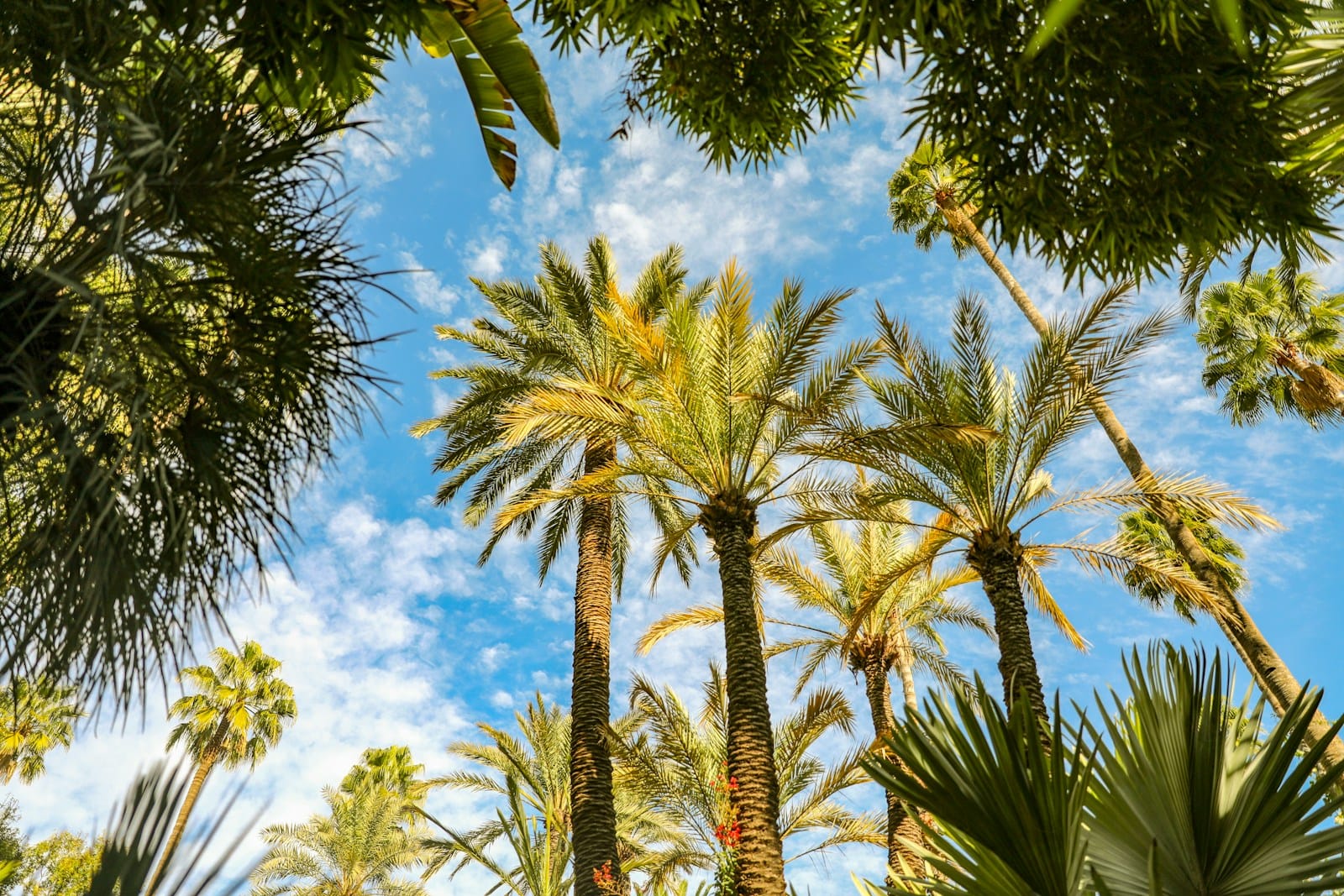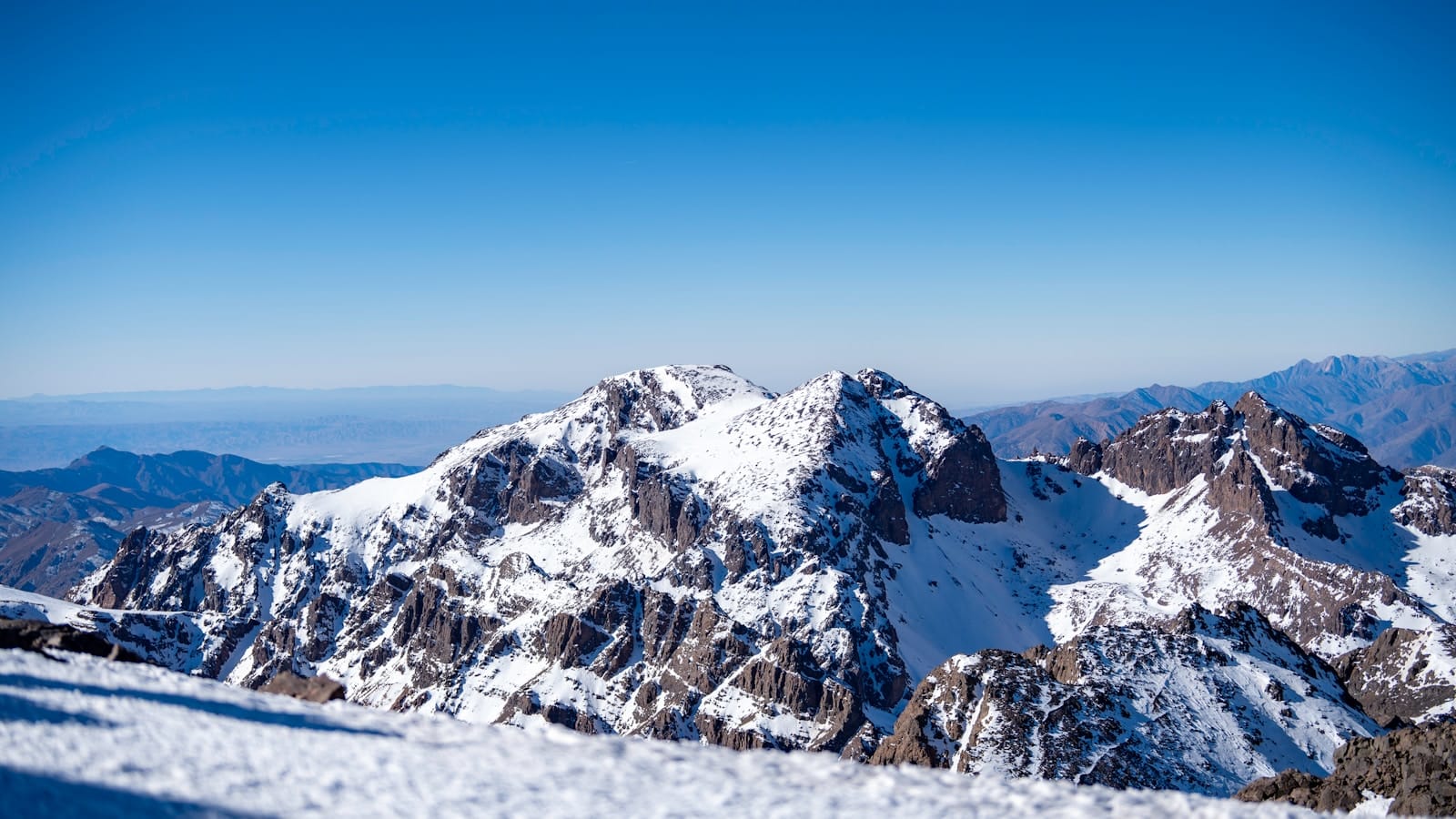Morocco Music Instruments
Morocco Music Instruments: The Ultimate Traveler’s Guide to the Sounds of Morocco
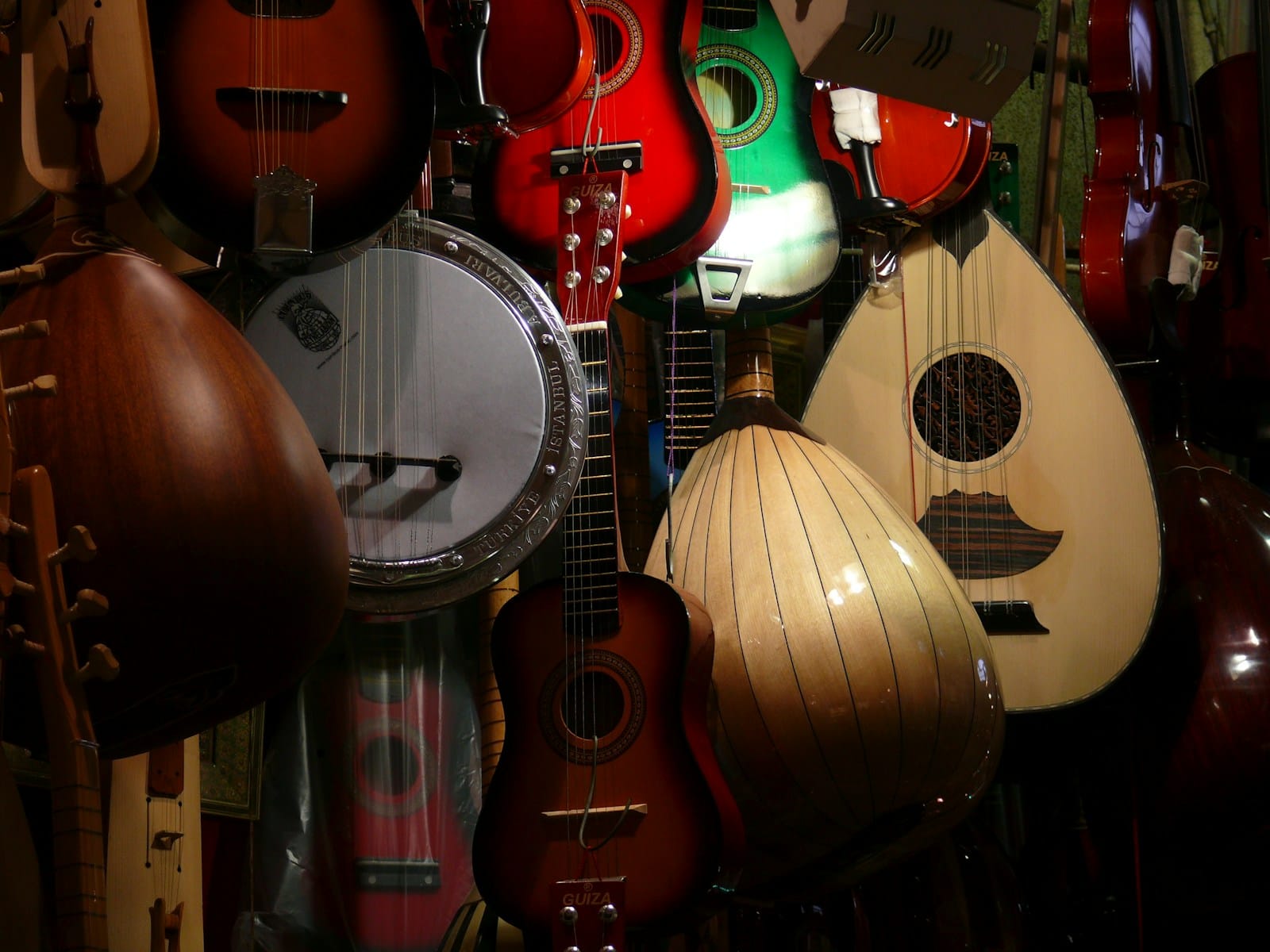
Morocco is a country best experienced with all the senses. While its colorful souks, aromatic cuisine, and dramatic landscapes often steal the spotlight, one of the most powerful ways to understand Moroccan culture is through its sound. Morocco music instruments are deeply woven into daily life, celebrations, spiritual rituals, and regional identity. From the rhythmic pulse of drums echoing through mountain villages to hypnotic Gnawa melodies filling historic city squares, music tells the story of Morocco’s past and present.
For travelers, encountering traditional Moroccan musical instruments is often spontaneous and unforgettable a street performance in Marrakech, a festival in Essaouira, or a wedding procession in a rural town. Each instrument carries history, symbolism, and regional influence shaped by Amazigh (Berber), Arab, Andalusian, and sub-Saharan African cultures.
This comprehensive guide explores morocco music instruments in depth: how they are classified, their cultural significance, where you can hear them live, and how travelers can experience them firsthand. Whether you are a casual listener or a passionate music lover, understanding these instruments will enrich your journey and deepen your connection to Morocco.
Why Music Matters in Moroccan Culture
Music in Morocco is not simply entertainment; it is a social language, a spiritual practice, and a communal experience. Traditional morocco music instruments accompany nearly every important life event, from births and weddings to religious ceremonies and harvest celebrations.
Music for Celebration and Community
At weddings and family gatherings, percussion instruments such as the bendir and taarija drive energetic rhythms that invite participation. Music is interactive — clapping, dancing, and call-and-response singing are common. These performances reinforce community bonds and shared identity.
Spiritual and Ritual Music
Some of the most profound uses of Moroccan instruments occur in spiritual contexts. Gnawa music, rooted in West African traditions, uses the sintir (guembri) and krakeb to induce trance-like states during healing ceremonies. Sufi brotherhoods use chanting and flutes to accompany devotional rituals, where music becomes a bridge between the physical and spiritual worlds.
For travelers, witnessing these moments offers rare insight into Morocco’s intangible cultural heritage.
Categories of Morocco Music Instruments
Understanding morocco music instruments begins with knowing how they are classified. Traditional Moroccan instruments generally fall into four main categories.
String Instruments
String instruments form the melodic backbone of many Moroccan music styles. They are plucked or bowed and often used in classical and folk traditions.
Wind Instruments
Wind instruments add piercing, ceremonial, or meditative tones. They are commonly heard in outdoor performances, processions, and religious events.
Percussion Instruments
Percussion defines Moroccan rhythm. Drums and metallic instruments drive dance, celebration, and trance music.
Idiophones and Hybrid Instruments
These instruments produce sound through vibration of the instrument body itself, often played in repetitive patterns central to ritual music.
Iconic Moroccan String Instruments
Oud: The Soul of Moroccan Classical Music
The oud is one of the most recognizable string instruments in Morocco and across the Arab world. Shaped like a pear with a short neck, the oud produces warm, deep tones. It is central to Andalusian music, a refined classical tradition preserved in cities like Fez and Tetouan.
Travelers may hear the oud during formal concerts, cultural evenings, or in music schools known as Dar al-Ala. Its sound reflects Morocco’s historical connection to Al-Andalus (medieval Islamic Spain).
Ready to Start Your Morocco Journey?
Book your trip today with our expert planners, enjoy personalized itineraries tailored to your flights and travel needs, and claim 30% off as a first-time visitor!
Sintir (Guembri): The Heart of Gnawa Music
The sintir, also known as the guembri, is essential to Gnawa music. This three-stringed bass lute is covered with camel skin and produces a deep, resonant rhythm that anchors trance ceremonies.
The sintir is not just an instrument; it is a spiritual tool. Gnawa masters use it to guide ceremonies meant to heal and cleanse participants. Travelers frequently encounter the sintir at Gnawa performances in Essaouira and Marrake
Rebab and Lotar: Ancient Bowed Traditions
The rebab is a bowed string instrument associated with Amazigh and Andalusian music. Its haunting sound complements poetic singing. The lotar, a plucked lute used in Amazigh regions, often accompanies storytelling and folk songs in the Atlas Mountains.
These instruments highlight Morocco’s strong oral traditio
Wind and Aerophone Instruments You’ll Hear
Ghaita (Rhaita): The Voice of Festivals
The ghaita (also spelled rhaita) is a double-reed wind instrument similar to an oboe. Loud and penetrating, it is used during outdoor celebrations, parades, and rituals. Its sound cuts through crowds, making it ideal for open spaces.
Travelers often hear the ghaita at weddings or village festivals, accompanied by dr
Nai (Ney): The Spiritual Flute
The nai is a reed flute associated with spiritual and meditative music. It is commonly used in Sufi traditions and Andalusian ensembles. Its breathy, melancholic tone creates an introspective atmosphere, contrasting with the intensity of percussion-driven music.
N’fir and Traditional Horns
The n’fir is a long brass horn traditionally used to announce important events. Though less common today, it remains part of Morocco’s ceremonial soundscape.
Percussion: The Rhythmic Heart of Morocco
Bendir: The Frame Drum of Tradition
The bendir is a large frame drum with gut strings stretched across the back to create a buzzing sound. It is widely used across Morocco, from Amazigh villages to urban celebrations. Women often play the bendir during communal singing.
Darbuka and Taarija: Urban Hand Drums
The darbuka and taarija are goblet-shaped hand drums. The taarija, made of pottery, is especially common in Moroccan chaabi music and women’s celebrations. These drums provide fast, intricate rhythms.
Tbilat: Ceramic Percussion
Tbilat are paired ceramic drums used in ceremonial music, particularly during weddings. Their sharp, echoing sound adds excitement to processions.
Krakeb (Qraqeb): The Pulse of Gnawa
The krakeb are heavy metal castanets played in Gnawa music. Their repetitive clanging creates a hypnotic rhythm that complements the sintir. Travelers quickly recognize krakeb as a defining sound of Moroccan trance music.
Regional Music Traditions and Instruments
Amazigh music emphasizes rhythm and communal participation. Instruments like the lotar, rebab, and bendir dominate performances in the Atlas and Rif Mountains.
Andalusian Music
Preserved for centuries, Andalusian music uses the oud, rebab, and violin. It is formal, poetic, and often performed in orchestras.
Chaabi and Modern Fusion
Modern Moroccan music blends traditional instruments with contemporary styles. Chaabi music incorporates darbuka, taarija, and electric instruments, reflecting urban life.
Hearing Morocco Music Instruments Live: Traveler Experiences
Jemaa el-Fna, Marrakech
This iconic square is one of the best places to encounter morocco music instruments. Gnawa groups, drummers, and folk musicians perform nightly.
Festivals and Cultural Events
Gnawa World Music Festival (Essaouira)
Fez Festival of World Sacred Music
Marrakech Popular Arts Festival
These festivals offer curated, high-quality performances.
Museums and Workshops
Institutions like Dar al-Ala in Fez preserve Moroccan musical heritage. Some workshops allow travelers to see instruments being made by artisans.
Buying or Trying Moroccan Musical Instruments
Travelers can find instruments in souks across Morocco. Marrakech and Fez are particularly known for handcrafted drums and string instruments. While tourist versions exist, serious buyers should seek artisan workshops.
Many cultural centers offer short music lessons, allowing visitors to try playing traditional instruments.
Practical Tips for Travelers Interested in Moroccan Music
Always ask before photographing musicians.
Tipping street performers is customary.
Attend performances respectfully, especially spiritual ceremonies.
Avoid cheap mass-produced instruments if authenticity matters.
Key Takeaways
Morocco music instruments reflect the country’s cultural diversity.
Percussion plays a central role in celebrations and rituals.
Gnawa music instruments are deeply spiritual.
Travelers can hear music live in squares, festivals, and villages.
Understanding instruments enhances cultural appreciation.
Conclusion: Listening to the Soul of Morocco
Exploring morocco music instruments is more than a musical journey it is a cultural immersion. Each instrument tells a story shaped by centuries of migration, spirituality, and community life. For travelers, Morocco’s music offers moments of surprise and connection, whether through the deep bass of a sintir, the sharp clang of krakeb, or the soulful cry of a ghaita.
By learning to recognize these instruments and their meanings, visitors gain a deeper understanding of Morocco beyond guidebooks and landmarks. Music becomes a shared language, bridging cultures and creating lasting memories. As you travel through Morocco, let its rhythms guide you listen closely, participate respectfully, and allow the sounds to become part of your journey.
Need Help with Transportation in Morocco?
Book a reliable private driver for your Morocco family adventure today – personalized routes designed just for you, and get 30% off as a first-time visitor!
─── Your questions, our answers.
Frequently Asked Questions
Our dedicated team is here to answer your Morocco Travel questions and ensure a smooth, memorable journey through Morocco.
What are the most famous Morocco music instruments?
The oud, sintir (guembri), bendir, krakeb, and ghaita are among the most iconic.
Where can travelers hear traditional Moroccan music live?
Jemaa el-Fna in Marrakech, festivals in Essaouira and Fez, and local celebrations.
Are Moroccan instruments unique to Morocco?
Many are unique in form and usage, especially Gnawa instruments.
Can tourists buy authentic Moroccan instruments?
Yes, especially from artisan workshops in major cities.
Is Moroccan music still practiced today?
Absolutely. Traditional instruments are actively used and evolving in modern music.

Kate Carter
Family Travel Blogger
Kate Carter is a mom and travel blogger who fell in love with Morocco’s culture and warmth. Through Morocco Family Vacation, she shares tips and stories to help travelers enjoy authentic, stress-free experiences. Join us along the way.
Table of Contents
Our Services
-
Private Family Tours
-
Custom Itineraries
-
Sahara Desert Tours
-
Chefchaouen & Northern Morocco Tours
-
Luxury Desert Camping
-
Multi-Day Tours (2–16 Days)
-
Atlas Mountains Trips
-
Cooking Classes & Market Visits
-
Photography & Heritage Tours
-
Airport Transfers & Private Transport
-
Custom Birdwatching Tour in Morocco
-
24/7 Tour Support & booking Flexibility
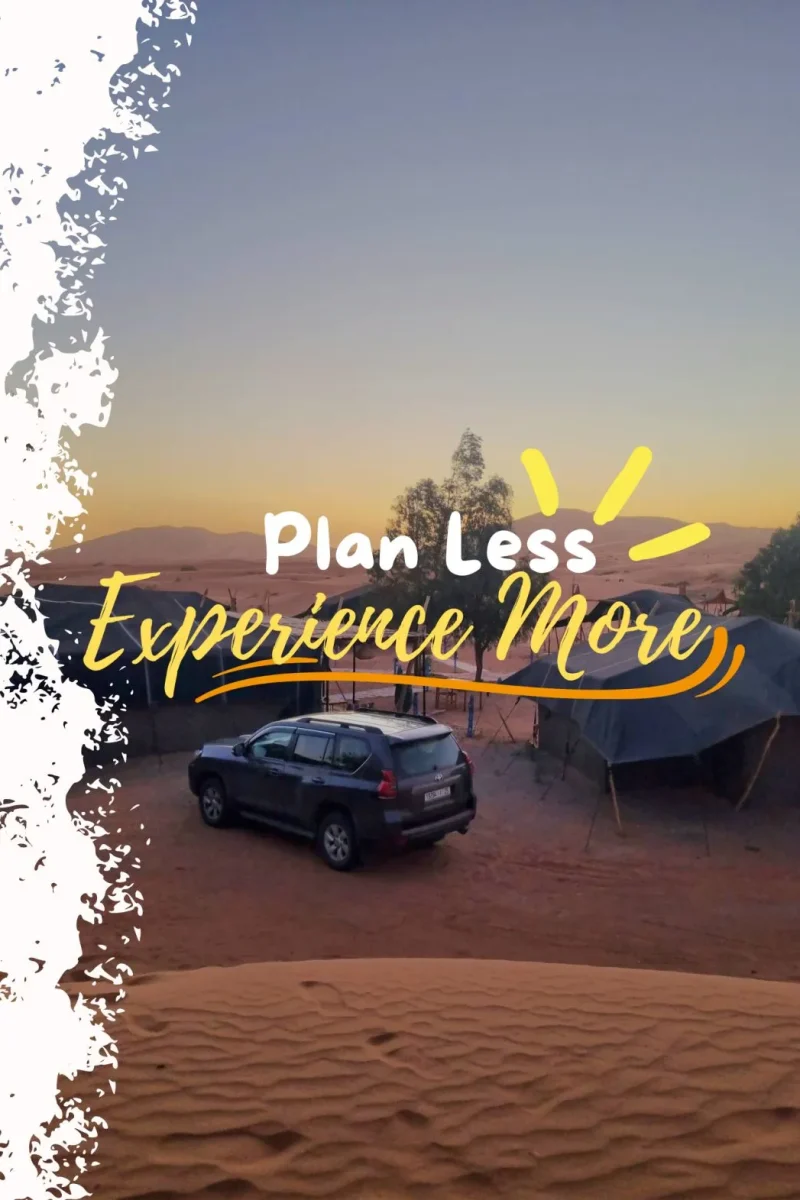
At Morocco Family Vacation, we create custom Morocco tour packages designed around your interests and travel style. As a dedicated and independent travel agency, we specialize in private Morocco tours offering memorable desert adventures, cultural experiences, and family friendly itineraries while delivering attentive, personalized service from start to finish.
Popular Tours
Latest Posts
get in touch
#Moroccan Folk Music
#Traditional Moroccan Instruments
#Moroccan Music Culture
#Moroccan Guembri
#Moroccan Oud
